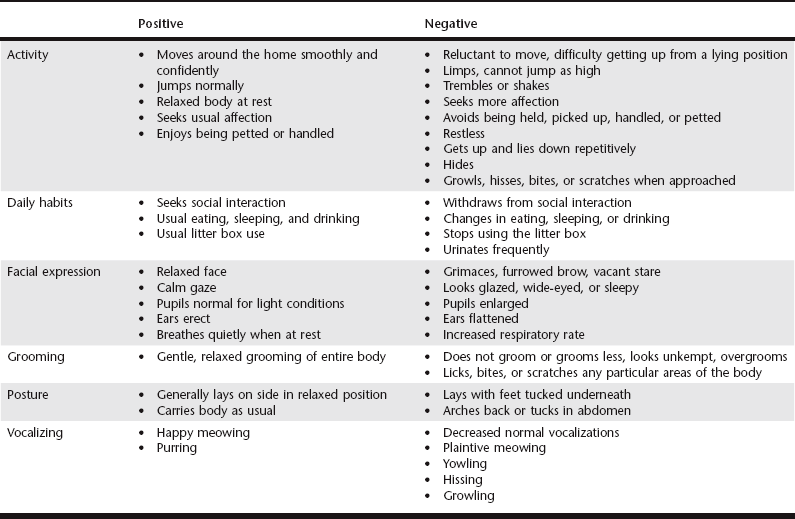Chapter 200 Applied to domestic cats, EE means providing opportunities to engage in important species-typical as well as general activities. The available conditions should promote expression of these normal behaviors. Appropriate EE provides preventive health care by maintaining an environment in which cats thrive; the result is sustained good health and positive interactions that the owner can enjoy. Owners confine most pet cats to spaces much smaller than their natural ranges; the smallest reported range is approximately 29,000 square feet (Liberg et al, 2000), more than 10 times the area of the average American home. Owners often keep cats indoors or allow access to small outdoor spaces that may contain perceived threats. Cats kept in these environments live akin to zoo animals, and, as with zoo animals, environmental quality can exert important effects on their health and welfare. Cats retain their drive to engage in species-typical behaviors regardless of environment. The motivations to explore, hunt, climb, scratch, and mark territory are not left at the door of the captive environments of house cats. Viewed from this perspective, EE is essentially husbandry, whose original meaning was “the administration and management of a household.” Unfortunately, when owners are not educated that these behaviors are normal and are helped to provide opportunities for cats to engage in them, we risk depriving cats of appropriate outlets for their expression. Additionally, an increasing number of cats are obtained as kittens from humane organizations. These animals are at increased risk of adverse experiences early in life, which can bias the activity of the central nervous system toward enhanced perception of threat (Buffington, 2009). Effective EE has been found to mitigate these changes in some studies of rodents, cats, and humans. Veterinary caregivers may consider the possibility of environmental influences on the health and welfare of any cat brought to the veterinarian for care of sickness behaviors in the absence of an identifiable medical cause. Sickness behaviors are a group of nonspecific behavioral and clinical signs including vomiting, diarrhea, voiding dysfunction, decreased food and water intake, fever, lethargy, somnolence, enhanced painlike behaviors, and decreased general activity, body care activities (grooming), and social interactions (Stella et al, 2011). Although these behaviors are well-documented responses to infection and a variety of structural disorders, they also can occur in response to adverse environmental events. Thus sickness behaviors can result both from peripheral (i.e., afferent) and central (i.e., efferent) pathways. The repeated observation that these behaviors largely resolve after exposure to an enriched environment provides additional evidence of a central nervous system disorder resulting in a chronic multisystem illness variably affecting other organs, as opposed to peripheral, organ-based problems (Buffington, 2011). The health and welfare of pet cats also may be inferred from observation of their behaviors (Table 200-1) or the reports of clients. Pet cats enjoying good health and welfare typically engage in variable combinations of exploratory and interactive (“positive”) behaviors. In contrast, cats suffering poor health or welfare tend not to engage in these behaviors but more commonly show “negative” behaviors suggestive of illness or threat. Negative behaviors may occur in response to threat, fear, or anxiety, or in response to pain or some structural disease process. The specific reason for the negative behavior can be difficult to determine; the field of assessment of the quality of life of companion animals is in its infancy and is sorely in need of well-validated and clinically useful instruments. TABLE 200-1 Observable Behaviors of Pet Cats Adapted from American Animal Hospital Association: How to tell if your cat is in pain. Available at http://secure.aahanet.org/eWeb/images/Trends/PDFs/CatHandout.pdf. Accessed March 22, 2013.
Multimodal Environmental Enrichment for Domestic Cats
Assessing the Environment

< div class='tao-gold-member'>
![]()
Stay updated, free articles. Join our Telegram channel

Full access? Get Clinical Tree


